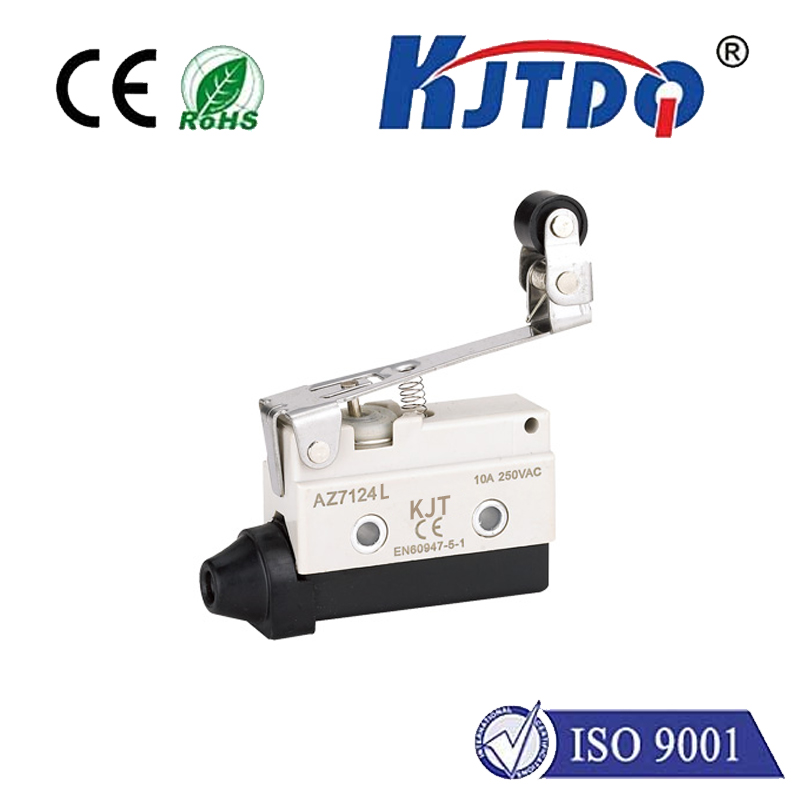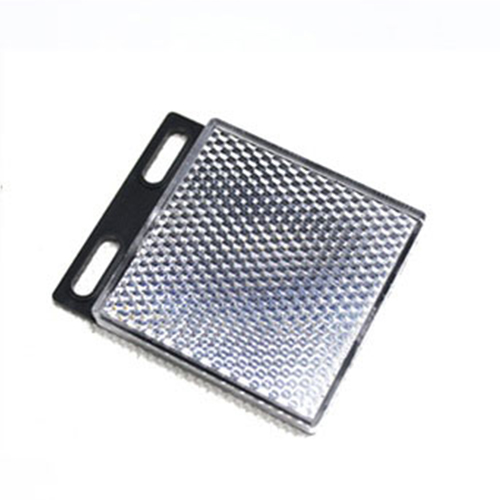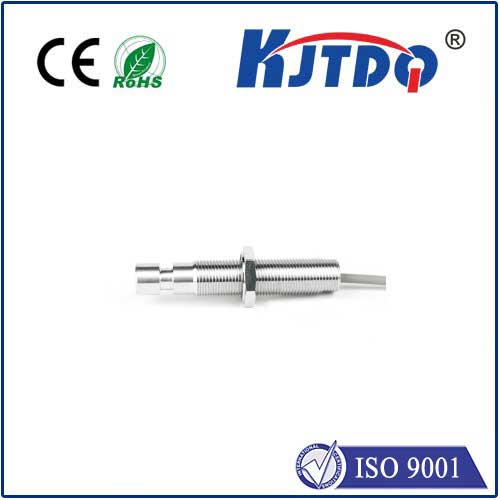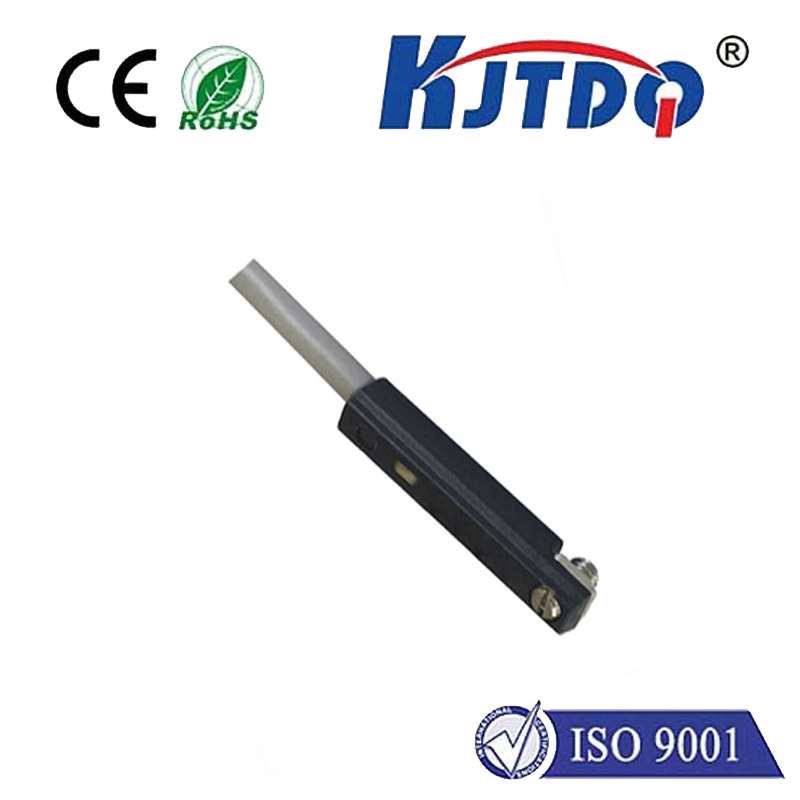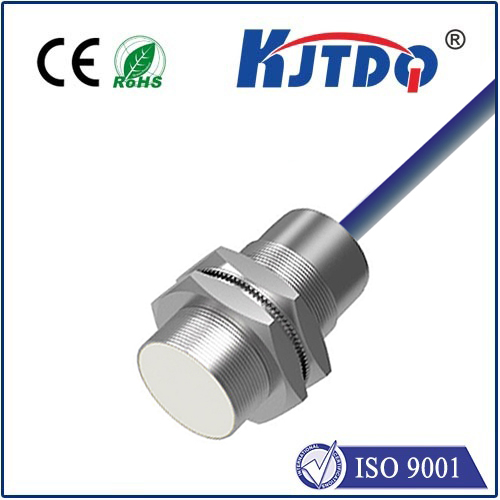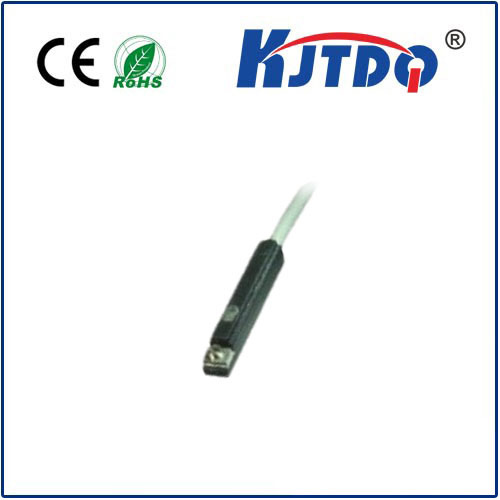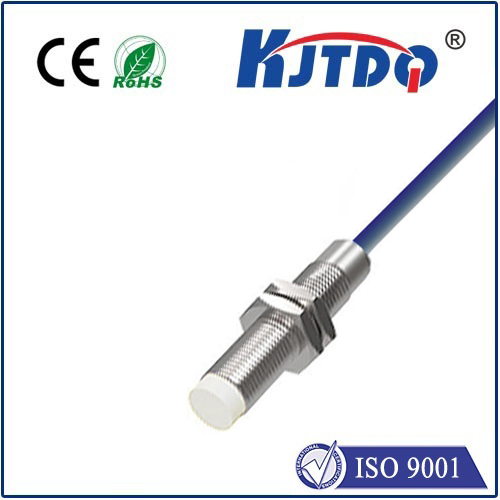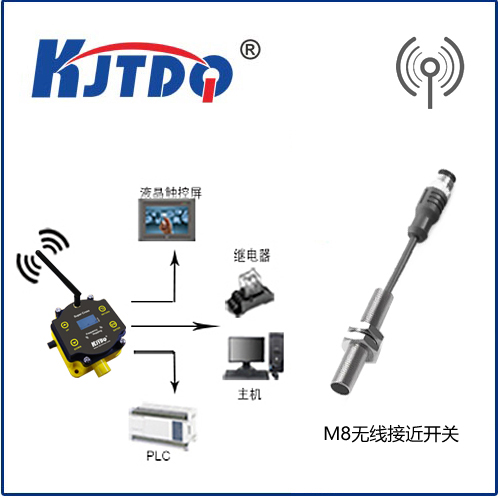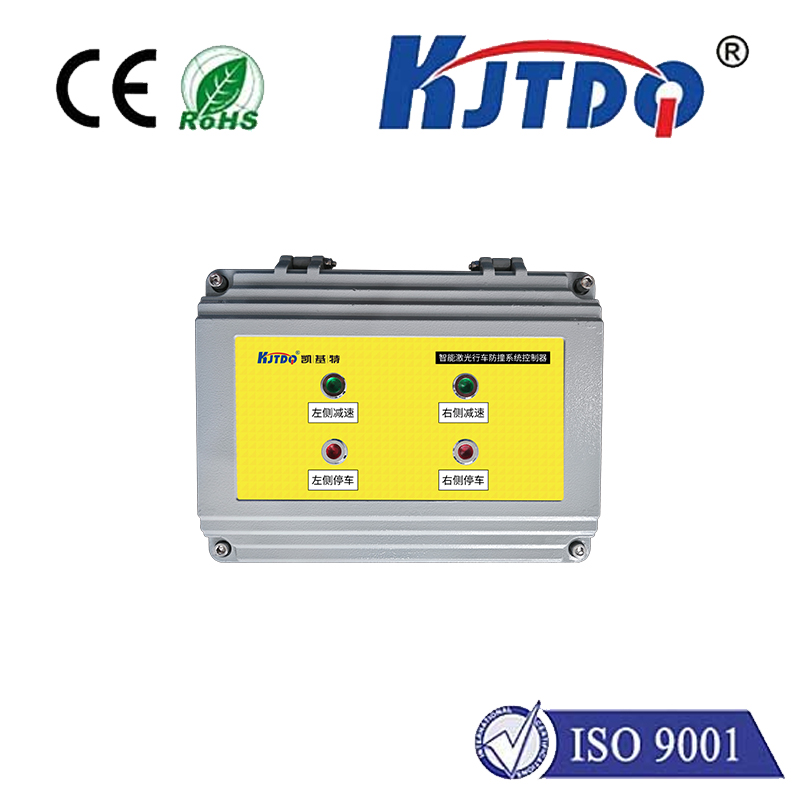essen limit switch
- time:2025-08-04 12:32:46
- Click:0
Essen Limit Switches: The Unsung Sentinels of Industrial Motion Control
Imagine an automated assembly line humming with relentless precision. A robotic arm smoothly glides towards its programmed position, handling components worth thousands. Now, picture that arm missing its stop signal, crashing through safety barriers, causing catastrophic damage and costly downtime. What prevents such industrial nightmares? Often, it’s a small, robust component working silently behind the scenes: the Essen limit switch. These devices are fundamental guardians, ensuring machinery operates accurately and safely within defined boundaries.
More Than Just a Simple Switch: The Core Function
A limit switch, fundamentally, is a precision electromechanical device designed to detect the presence or absence of an object, or to monitor the extremes of motion. When a moving part (like a machine slide, conveyor belt, elevator car, or robotic arm) physically contacts the switch’s actuator, it triggers a change in the switch’s electrical contacts. This change sends a critical signal to the machine’s control system – essentially saying “I’ve reached my point!” or “Something is here!”.
Essen: Engineering Reliability into the Industrial Backbone
The name “Essen” signifies a specific brand renowned within the industrial automation sphere. Essen limit switches are engineered with a focus on durability, precision, and resilience – attributes essential for demanding factory environments. They are built to withstand:

- Harsh Conditions: Exposure to dust, dirt, moisture, oils, and chemical splashes is common. Many Essen models boast high IP (Ingress Protection) ratings, like IP65 or IP67, signifying robust sealing against these elements.
- Mechanical Stress: Repeated impacts from actuators, vibration from heavy machinery, and constant operational cycles demand rugged construction. Essen switches utilize strong materials and reinforced designs.
- Electrical Load Variability: Whether switching low-level control signals or handling higher power loads directly controlling motors or solenoids, a range of contact configurations and ratings are available.
Diverse Forms for Diverse Needs: Exploring Essen Switch Types
The term “limit switch” encompasses a surprising variety, and Essen provides options to suit almost any application:
- Plunger Type: Perhaps the most recognizable. A straight-line actuator (plunger) is depressed by the moving target. Ideal for precise point detection where the approach is perpendicular.
- Roller Lever Type: Features an actuator arm tipped with a roller. Perfect for applications where the target object slides or rolls against the switch, reducing wear and tear. Adjustable levers offer flexibility in actuation angle.
- Rotary Lever Type: Uses a pivoting lever actuator, often requiring less force to trigger. Suitable for applications where space is constrained or a sweeping motion is involved.
- Wobble Stick / Flex Rod Type: Employs a long, flexible rod. When deflected from any direction beyond a certain point, it actuates the switch contacts. Excellent for detecting objects over a wider area or from variable approach angles.
- Safety Limit Switches: Engineered to meet stringent safety standards (e.g., ISO 13849, IEC 62061). These feature positive opening contacts and robust designs to prevent failure in safety-critical applications like guarding doors on robotic cells or emergency stop monitoring. Choosing a safety-rated switch is non-negotiable where personnel protection is paramount.
- Reed Switches & Proximity Variants: While technically distinct from mechanical limit switches, Essen may offer magnetically actuated reed switches or electronic proximity sensors within their portfolio for applications demanding contactless detection.
Where Precision Meets Practice: Key Applications
The versatility of Essen limit switches makes them ubiquitous across industries:
- Material Handling: Detecting the start/end positions of conveyor belts, pallet stops in AS/RS systems, and the open/closed status of gates.
- Packaging Machinery: Ensuring cartons or bottles are correctly positioned for filling, sealing, or labeling; confirming case erectors are ready.
- Automotive Manufacturing: Position feedback for robotic welders, paint sprayers, assembly arms; verifying clamp positions in fixtures.
- Elevators & Escalators: Precise leveling at floors, detecting door obstruction, confirming overspeed governor engagement.
- Machine Tools: Homing axes at start-up, preventing over-travel on lathes or milling machines, confirming tool changer positions.
- Access Control: Monitoring the open/closed status of security gates or barriers.
Optimizing Performance: Installation and Maintenance Best Practices
Selecting the right Essen limit switch is only the first step. Proper implementation is crucial for reliability:
- Precise Positioning: Mount the switch so the actuator makes clean, full contact with the target at the exact desired position. Misalignment causes unreliable operation and premature wear.
- Actuator Selection: Choose the actuator type (roller type, plunger, lever length) best suited to the motion profile and force involved. The roller lever type is often preferred for sliding contact.
- Environmental Protection: Match the IP rating to the environment. Harsh areas require higher ratings (IP67+) or protective enclosures. Consider chemical resistance for specific exposures.
- Electrical Load Matching: Ensure the switch’s contact rating (voltage, amperage, AC/DC) suits the circuit it controls. Overloading contacts leads to arcing, welding, and failure. Using an interposing relay for higher loads is a common and prudent practice.
- Routine Inspection: Include limit switches in preventative maintenance schedules. Check for physical damage, buildup of debris on the actuator or body, and ensure mounting remains secure. Listen for unusual sounds during operation.
- Functional Testing: Periodically verify that the switch triggers correctly and sends the expected signal. Catching a failing switch proactively prevents unplanned downtime.
Beyond the Click: The Strategic Value of Essen Switches
While seemingly simple, reliable limit switches like those from Essen are vital cogs in the industrial machine. They provide the essential positional feedback that automation systems rely upon. Their failure can lead to:
- Production Downtime: Machine halts due to missed signals or false trips.
- Quality Defects: Incorrectly positioned parts being processed or assembled.
- Equipment Damage: Over-travel causing collisions or mechanical stress.
- Safety Incidents: Failure in safety interlocks potentially putting personnel at risk.
Investing in robust, high-quality limit switches is an investment in operational continuity, product quality, and workplace safety. Essen, with its reputation for building components designed for the rigors of industry, offers dependable solutions for these critical sensing tasks. By understanding their function, selecting the appropriate type, and implementing sound installation and maintenance practices, engineers and technicians ensure these silent sentinels keep machinery operating precisely and safely, mile after relentless industrial mile.







